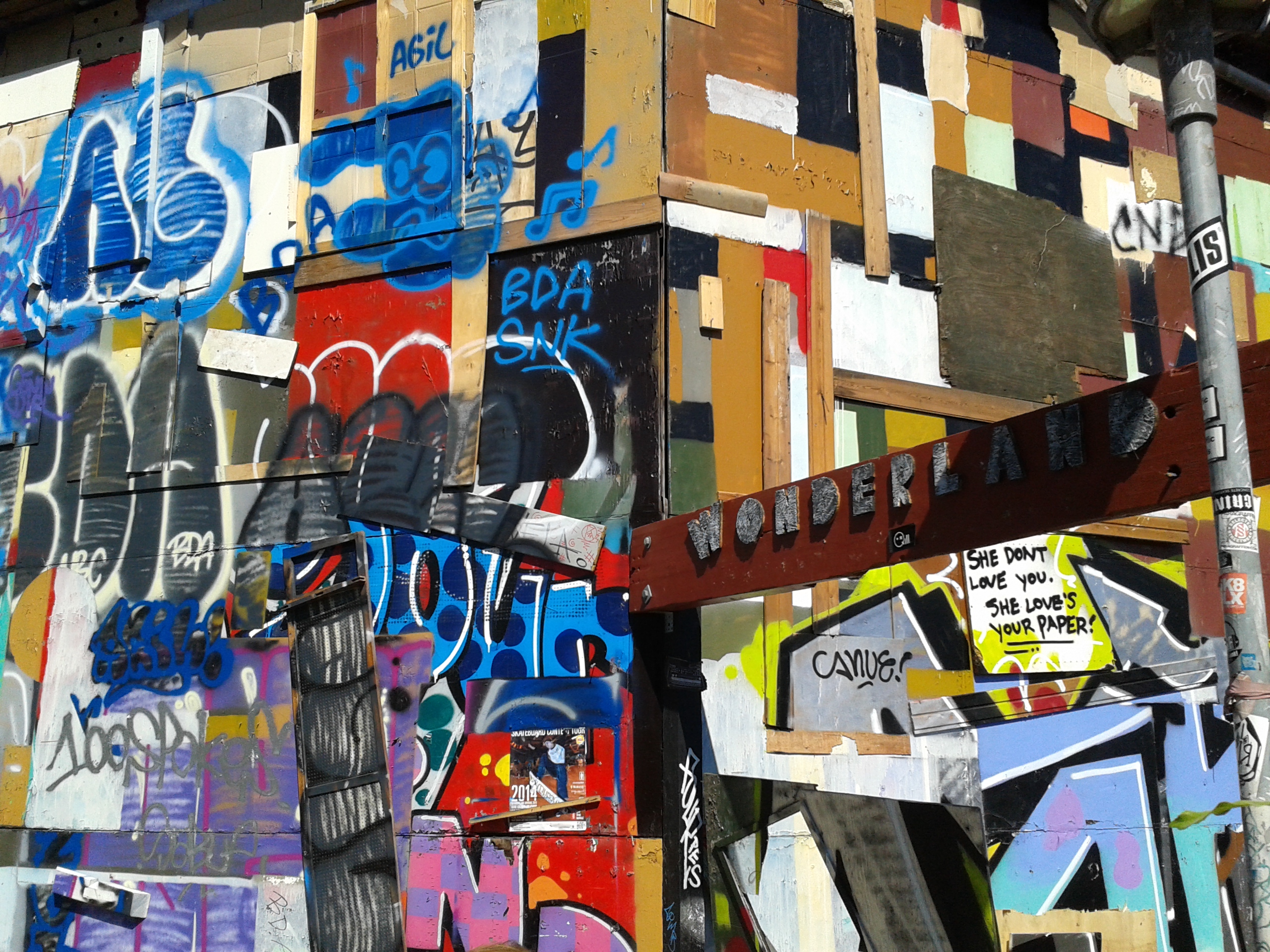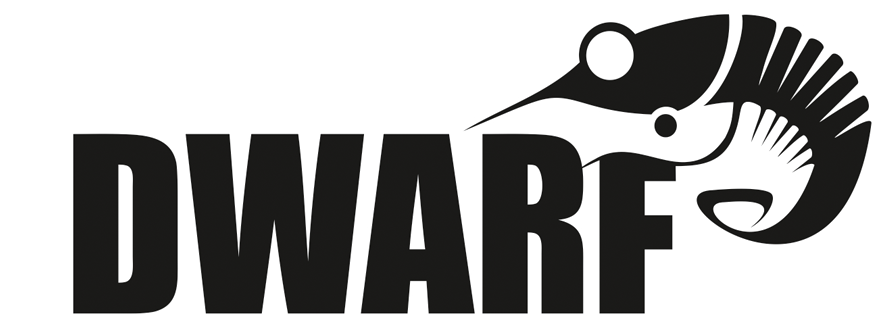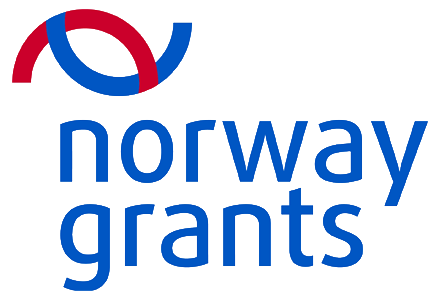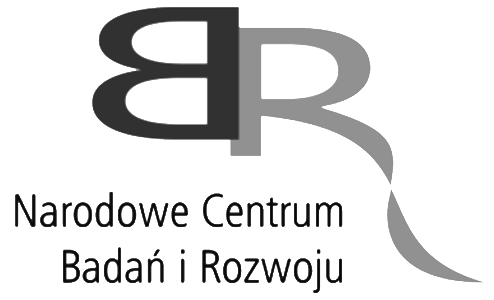Blogs |
Diary (25.07. - 12.08.2014)DAY 1: Long way to Spitsbergen
Our journey to Spitsbergen started at Gdańsk Lech Wałęsa Airport at 6 AM with a flight to Copenhagen where we had 7 hours gap to another flight. We decided to take advantage of this free time and went sightseeing the capital of Denmark. Our point of interest become Christiania the Freetown of Copenhagen a very interesting place ruled by hippies, and canals of Cristianhavn with their charming marinas.

DAY 2: Preparing to the cruise
We didn’t have much time to recover after the flight to Spitzbergen because in the morning we had to prepare some equipment. Our first task was to go to UNIS and find samples from MARINE NIGHT cruise, but we didn’t succeded. Later it occurred that they had been delivered to Oceania few days before. Than we had a diving equipment for the land expedition to be uploaded from the ship. After all the operations we could go for a little shopping in the city. Last thing was to wait for our colleagues and scientists, that we were to pick up to Polish Polar Station, to come on board and then we could sail off to Hornsund. DAY 3: First day in Hornsund
On the way to Hornsund the leader of our cruise organized a little meeting to shortly communicate to us the plan of the Hornsund’s part of the cruise. We also decided, due to very tight schedule, to split the ecologist’s team into two shifts and work 24 hours a day in 8-hour shifts.
DAY 4
We moved to the inner most part of fjord – the Brepolen bay where we spent few hours taking plankton samples for the GLAERE project. WP 2 nets and Multinet Plankton Sampler were in constant use, we also hauled a Trucker Trawl between our two stations. After finishing, next shift started their work and they returned to the middle part of Hornsund fjord where they made a lot of dredgings searching for calcifying fauna like Bryozoa, clams, or snails. After this task we returned to soft bottom sampling and begun collecting samples for DWARF project. We succeeded sampling at two stations. Our gears were the van Veen grab, box-corer and Nemisto corer. DAY 5: What day is it?
Today, just after the midnight we begun with hard bottom sampling. After conducting few dredgings next shift started with soft bottom sampling using the same gears as yesterday. After 8 hours, next shift started dredging again. The 8 hours shift are quite convenient because you are not able to get exhausted too much, but this sleep – work routine, makes it harder to distinguish one day from another. Our colleagues who stayed at Hornsund Polar Station arrived with a zodiac and visited our ship. These included Maciek Grubiak- a film operator who would prepare short movies presenting the DWARF and POLNOR project. Maciek took this opportunity to film the work on board. DAY 6
Today we sampled at a lot of sites, simply because that at each station we were taking only one macrofauna sample with van Veen grab and one sediment sample with Box corer. These materials will be used in our friend's, Anna Piszewska PhD thesis about modeling of distribution patterns of Hornsund macroinvertebrates. Only in the end of the day we changed our gear for a epibenthic sledge and made few dredgings in search for hyperbenthic animals. Some sea stars and fishes were caught. DAY 7: The West Burgerbukta
Most of this day we spent in one of the inner basins of Hornsund the West Burgerbukta, where samples for GLAERE project were taken. It was adorable place, we were close to the glacier, the weather was still sunny, now wind and there were a lot of icebergs floating in the seawater, couldn’t be more beautiful. When we finished we sailed outside the Hornsund fiord to do some dredging to collect calcifying organism like bivalves or bryozonas (For both DWARF and POLNOR pojects). DAY 8: Going on land
All the benthic samples were collected, only hydrological surveys and plankton samplings outside the fiord, near little auks colony, were left. This enabled some of us to left the ship and visit Polish Polar Station in Hornsund where we hoped to catch a little breath, after these tiring few days. It also gave us an opportunity to prepare the sediment samples that were to be transported by plane. These samples needed to be dried and weigheted in the station’s laboratory.
DAY 9: Relaxing
This day we finally managed to rest a little bit. Most of us stayed in the Station and was catching up news from the world, chatting with friend and families or just watching TV. Some went diving to the site located on the other side of the fjord – Hoferpynten. They collected echniderms and other calcifying species for POLNOR project. In the evening we collected samples from intertidal zone on rocky shores close to the station (for EMBOS project) DAY 10
After the breakfast we mobilised ourselves, found a bodyguard with a gun and went for a little trekking trip to the Revdalen. During this walk one of our friend, Małgorzata Kolicka (from Adam Miockiewicz University in Poznań), was also collecting samples of water and sediment from almost every pond on our way. She ofstudies the species composition of Spietbergen Gastrotricha, a microscopic animals living between the particles of sediment. There is only few specialists in the world working with this little creatures.
DAY 11: back on board
We packed all our staff and were waiting for the Oceania. We enjoyed the stay in the Station a lot and was leaving it with a little regret. The packing on the ship took some time, as other teams (our diving team, ornithologists from University of Gdańsk, who stayed at camping expedition at Gnalodden) had to get on board together with their whole equipment. After we got on board, the ship sailed towards Longyearbyen. DAY 12: One day in Longearbyen
We arrived to the capital of Svarbald about the midday. The purpose of this stop was to tank a fresh water and to exchange part of the scientific crew, what was supposed to take place about midnight, after plane arrival. Thanks to this we gained some free time, that most of us used for walking around the town, short trips in the area or shopping. DAY 13: Ice on the north!
A while after the midnight we took off, and sailed to Kongsfjorden. The plan was to start with taking plankton samples outside the fiord and then to move towards the inner part of fjord. As we were approaching the first sampling station little problem appeared – our radar showed masses of icebergs floating on our way approaching from the North. This caused that we had to sail slower and finally decided to take samples one nautical mile closer than we planned. Our job was to collect plankton samples. Multinet plankton sampler, WP2 plankton net and Trucker Trawl were used. We also collected water with use of a bathometer and made CTD surveys in the water column. Between the stations the LOPC was hauled and echo soundings were conducted. This sampling was performed for the PicMac project and IO PAN monitoring programme.
DAY 14: CTD surveying
About 5 AM we finished the plankton samplings and entered the Kongsfjorden. Than we started with CTD surveying, along with LOPC and echo soundings. The temperature and salinity profile along the whole fjord was ma de.
DAY 15 - In the ice
After finishing sampling at first two GLAERE stations we moved to another glacier bay, it was quite close (close to Conwaybreen glacial front) but on the way was so much ice in the sea that we had to sail with 1 knot speed. It had some advantages: we could rest a little bit and, what was more interesting, we saw few bearded seals relaxing on ice bergs. Sampling finished at about 10 AM and then we moved to the middle part of fjord where we started collecting plankton samples, not only for DWARF project but also for monitoring research and PicMac project. Apart from the WP2 nets (60um and 500um) and Multinet Plankton Sampler, the LOPC and CTD sounder were used, and a lot of water from different layers of water column were taken with use of bathometer and filtered or frozen for different chemical analyses. The sampling locations were quite deep, 300-350m so a lot of time for gear deployment was needed on every station. DAY 16
At 10 AM all the plankton samplings were completed. Then we moved to shallower stations and did some dredging for POLNOR project. It succeeded very well, we collected a lot of boulders encrusted with bryozoans, bristle stars, sea stars, sea urchins, and scallops (some of us regretted that we couldn’t eat them). Than we wanted to start taking soft bottom benthic samples for DWARF project but the weather crossed our plans again. Strong wind that occurred suddenly made our ship drift too fast and we were not able to deploy the sampling gears. We moved to the more inner/isolated part of fjord where we succeeded sampling at two stations. DAY 17
On the next shift we decided to do more dredging what took us all our work time. Than the next shift finished the soft bottom sampling (meaning a lot of box-coring, Nemisto-coring and van Veen grabbing) for the DWARF project. After them more dredges were hauled again. DAY 18: The end is near
After midnight last dredging were made and then hydrologists could start their job. The CTD sounder was deployed and we made three transects across the fjord surveying the water parameters such as temperature or salinity. They finished about midday and it was also a finish of fjordic part of the cruise. But there was no time to rest - there was packing and cleaning the labs left for us, and we needed to do it fast as there was a little barbecue on the deck waiting for as for a dinner. After this little nice social event we sailed off to the Longyearbyen. DAY 19: The last day
We came to Longyearbyen in the morning what gave us all day of free time because first flights to home were starting at night. We spent this day on clearing up and packing the rest of our equipment, some walking around the town and short trips in the area DAY 20: The way back
Our crew was coming back home in two different flights. Most of us kicked off at 4 AM and was in Gdańsk at 6 PM, another group left Spitzbergen at 2 PM and arrived Gdańsk soon before midnight. We came back tired, but glad that we completed all our plans. Now we are looking forward to Oceania’s return to start proceeding samples we collected. Author: Mikołaj Mazurkiewicz |



